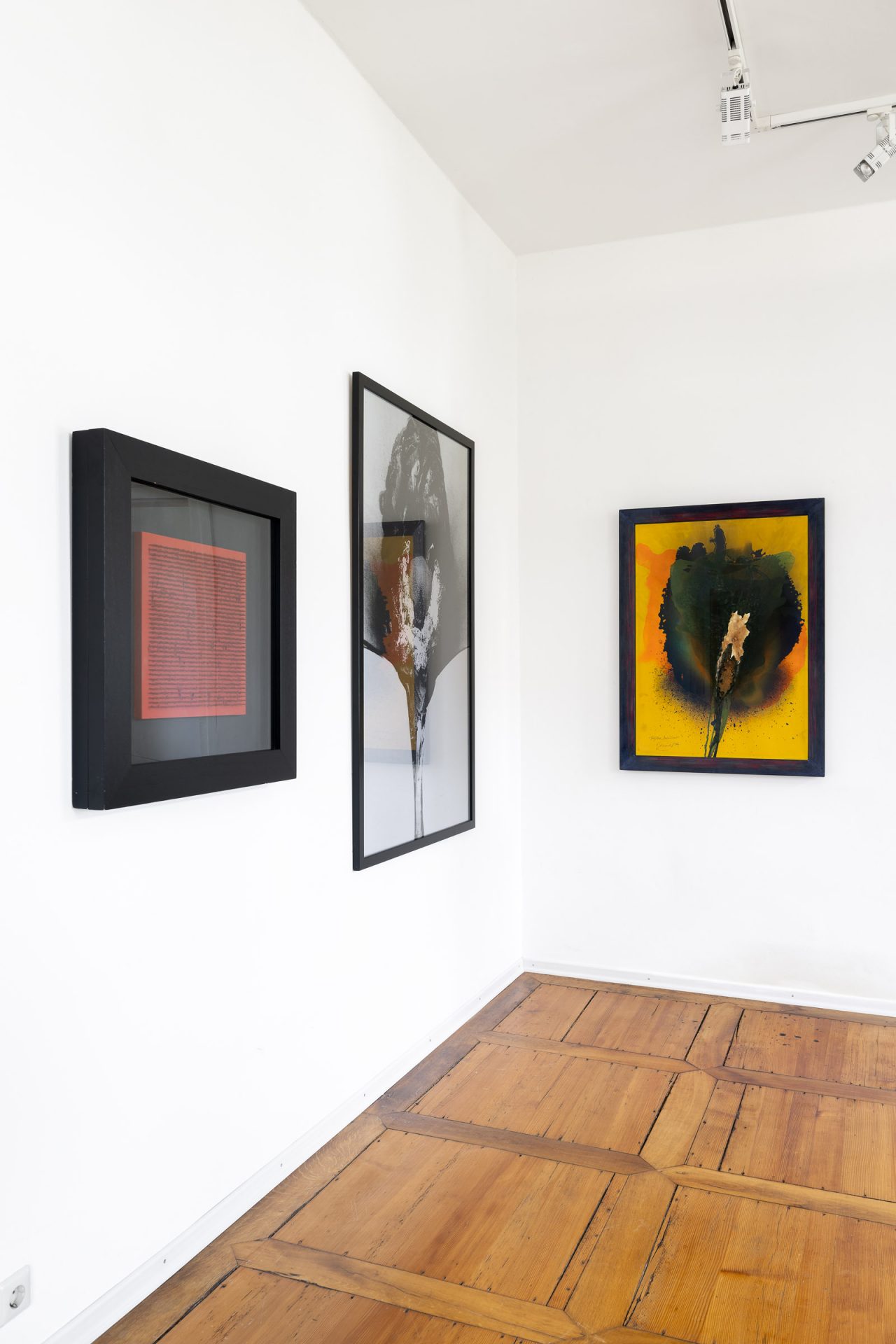Zero Hour
ZERO
What can art look like after 1945? Heinz Mack and Otto Piene posed this question when they founded the artist group ZERO in Düsseldorf. “Zero is silence. Zero is the beginning,” they wrote in their manifesto. While the term is an overt reference to the darkness of the “Zero Hour” of May 8, 1945, the reigning motif was one of new beginnings and the idealism that comes with it. Shaped by the monochromatism of Yves Klein or the constructivism of Piet Mondrian, the group established an optimistic and pure aesthetic that allowed light and movement to unfold. Their early kinetic works – moving objects that played with light – mark a characteristic starting point that already began to hint at the later works we see here.

In its airiness and clarity, ZERO drew a line between itself and other art movements of the postwar period such as Informel. The works delight in experimentation–testing both material and aesthetic boundaries. Heinz Mack’s chromatic constellations transform light into color. Bernard Aubertin mounted his paintings with steel nails. Otto Piene exposed his canvases to fire which we see in two examples here. The flames do not wound the artworks to leave a relic of destruction, but rather assimilate as a natural and form-giving component that manifests the power of an element that has danced and settled on the canvas.
